How to grow delicious parsley and dill on a windowsill in winter?
Parsley and dill are the most popular spicy herbs on our tables. These aromatic herbs are added to the first, second courses and salads. There is no shortage of greenery in summer, but in winter it is not always available in stores. Fortunately, you can grow dill and parsley on your own on the windowsill. To do this, you just need a desire and a little theoretical knowledge.
Requirements for temperature, light and humidity
Dill and parsley are cold-resistant light-loving crops. These are residents of northern latitudes who are not afraid of lower temperatures. Young plants tolerate frosts down to 0 ° C. Seeds begin to germinate as early as 3 ° C, germinating most rapidly at 18-20 ° C. At + 8 ° C and below, plants will stop developing.
When cultivating greens on the windowsill, the rule should be observed: the worse the lighting, the lower the air temperature should be, since in this case the stems stretch less.
Any greenery is hygrophilous. The optimum soil moisture during its cultivation is 70-80% HB.
Advice
To determine the sufficient degree of moisture in the earth, you need to try to mold a lump out of it. If the operation is successful, but there are no wet marks left on the hand, then the degree of dampness is optimal for growing parsley and dill.
Water the plants with settled tap water at room temperature. Dill and parsley turn yellow from water with chlorine. In winter, you can use water obtained from melting snow for irrigation.
Plants need higher air humidity than is usually set in the apartment in winter. Parsley and dill leaves grow juicy and appetizing, the tips do not dry on them if the air humidity is 60-70%. In a heated room, the air humidity may be as low as 30-40%. Therefore, plants should be sprayed with clean water from a spray bottle at least twice a day.
Day length
Dill and parsley are long day plants. With a duration of illumination of 10-12 hours, their leaf mass grows. Reducing daylight hours to 8-10 hours or less stimulates the appearance of rosette leaves and increases the foliage of the bushes, but plants develop more slowly and reduce overall productivity.
Growing dill on a windowsill in winter is impractical without the use of additional lighting. For backlighting, LED or fluorescent lamps are used, placing them at a distance of 30-50 cm above the containers. As the stems grow, the lighting fixtures are raised.
Parsley is less demanding on the length of daylight hours than dill. It can grow without illumination, except for the darkest months: December, January, February.
Priming
Usually townspeople are engaged in growing greenery on the windowsill. It should be noted that there is no suitable soil in the city, since even in gardens and parks the soil is contaminated with substances harmful to health. It is much safer to purchase a universal soil mixture for seedlings with a slightly acidic or neutral reaction (5.5-7.0) in the store, additionally filling it with bigumus or worm compost purchased in the store.
Advice
When growing greens on the windowsill, you need to keep in mind that the looser and more nutritious the soil, the better the result will be.
Summer residents can stock up on their own soil in the fall, taking it from the garden on which cucumbers or cabbage were grown in the current year, and mix it with purchased peat soil in a 1: 1 ratio to make it friable.
The technology of growing dill on the windowsill
For growing dill at home, you can take any early and mid-season varieties.
Table 1: varieties of greenery suitable for a windowsill
| Culture | Varieties |
|---|---|
| Dill | Gribovsky, Grenadier, Richelieu, Umbrella, Kibray, Umbrella, Dalny, Lesnogorodsky, Patterns |
| Parsley | Breeze, Sorceress, Sandwich, Eastern, Konica, Katyusha, Alba, Harvest, Lyubasha, Finale, Spicy, Bordovician, Berlin |
The Grenadier and Gribovskiy varieties give a quick but small yield. Mid-season varieties (Richelieu, Kibray) grow greens a week later than early ones, but there will be almost twice as many leaves - 7-11. Bush varieties (Alligator, Buyan) will give the latest, but also the most abundant harvest.
Seed preparation
Dill seeds are difficult to germinate and take a long time to germinate. To speed up the process, the seeds are pre-soaked in warm water. For sowing, seeds are suitable, which, a few hours after soaking, sank to the bottom of a vessel with water. They are soaked again, this time in intensely pink potassium permanganate. After 2-3 hours, no spores of pathogenic bacteria and parasitic fungi will remain on the surface of the seeds, which can germinate in the soil and destroy the seeds.
Instead of potassium permanganate for etching, you can use the preparations from the table.
Table 2: Dressing of parsley and dill seeds
| A drug | Etching method |
|---|---|
| Boric acid | A teaspoon for 2 cups of water. Soak the seeds for 2 hours at 25-30 ° C, then rinse in running water. |
| Hydrogen peroxide 2% | The seeds are immersed in peroxide heated to 38-40 ° C for 7-8 minutes. |
Sowing
For growing greenery, containers of any shape and size are suitable. You need to pay attention only to the depth - it should be at least 10 and no more than 20 cm.
Expanded clay drainage is poured into the bottom of the container with a layer of 2-3 cm, then it is filled with soil, without adding 1 cm to the edge of the container. The soil is sprayed with water from a spray bottle, grooves are made and seeds are sown to a depth of 1 cm. The seeds are covered with earth and once again sprayed on the soil surface. The container is closed on top with glass or transparent film and placed in a bright place.
Advice
Dill seeds do not germinate well in the dark, so you should not cover the container with opaque materials.
At a temperature of 18-20 ° C, seedlings will appear in a week. Old 2–3 year old seeds take longer to germinate. After the cotyledon leaves appear on the surface, the plants are thinned out, leaving 2-3 cm between them.
Good lighting for dill and parsley is more important than heat. From March to August, the plants on the windowsill will have enough natural sun. In the remaining months, the greens will have to be artificially illuminated.
The technology of growing parsley on the windowsill
Early ripening varieties are suitable for cultivating leaf parsley in an apartment. They grow leaves almost 2 weeks earlier than mid and late ripening. When choosing a variety, you need to take into account that parsley can be leaf and root. Root parsley is not suitable for growing on a windowsill from seeds, since a powerful root crop must first grow in it, and only then can a sufficiently abundant leaf mass be obtained.
For growing in rooms, leafy varieties are suitable:
- Laika;
- Kharkov woman;
- Yielding;
- Irinka;
- Russian Feast;
- Aster;
- Moscaruse.
Parsley seeds contain a lot of essential oils that prevent water from penetrating inside the seed and waking up the embryo. To remove some of the esters, the seeds are soaked in water for a day. The water needs to be changed at least twice, the drain is darkened. Without this technique, parsley can sprout up to 30 days. After soaking, the seeds germinate in 7-10 days.
Seeds are planted in containers 15-30 cm deep and embedded to a depth of 5-10 mm, sprinkled with earth and moisten the surface. The container is covered with glass to slow down the evaporation of water, and transferred to a bright place with a temperature of 19-20 ° C. The first shoots will appear in 2-3 weeks. Then the glass is removed and the plants are thinned out, leaving 4-5 cm between them.
In summer, parsley is often watered, preventing the soil from drying out. In winter, the soil must be allowed to dry out.
As soon as shoots appear, the temperature is reduced to 15-18 ° C. Lowering the temperature stimulates the development of the root system and prevents the aerial part from stretching. In summer, the container can be taken out onto the balcony. In summer, spring and autumn, the plant has enough natural sunlight. In winter, you will need fluorescent lighting. The first leaves can be cut 2 months after germination. The branches are not cut at the root, leaving the longest petiole. The parsley bush constantly kicks out new leaves. Once sowing seeds, you can provide yourself with greens for several months.
Forcing root parsley
In autumn and winter, you can drive out root parsley by taking a root crop grown in the country or bought in a store. No illumination is required during forcing.
Forcing can begin at the end of October. Root crops up to 5 cm long and 2-4 cm thick are suitable. They are planted in a regular flower pot, so that the upper parts protrude slightly above the soil surface. The pot is watered as the earth dries up. In a week or two, young leaves will begin to appear from the top of the root, which can be torn off and eaten. Greens from one root crop are cut off four times.
Hydroponics
Parsley and dill seeds sprout for a long time, and then you still have to wait until the leaves reach the desired size. Now you can grow greens on the windowsill much faster. To do this, you need to purchase already grown greens in the supermarket, which are sold in small containers. These plants are grown hydroponically in greenhouses, but they are quite capable of taking root in soil.
The bushes are freed from containers and planted in pots with a volume of 0.5 liters. After the plants take root, dormant buds wake up on them and additional leaves will appear.
Cute pots with fresh herbs on the kitchen windowsill decorate the interior and serve as a source of fresh produce during the cold season. You can grow greens with your children. You will have a joint interesting activity, and the children will get acquainted with plants and learn more about nature.
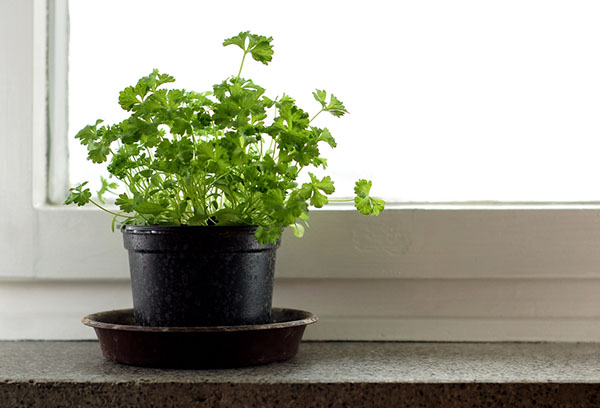
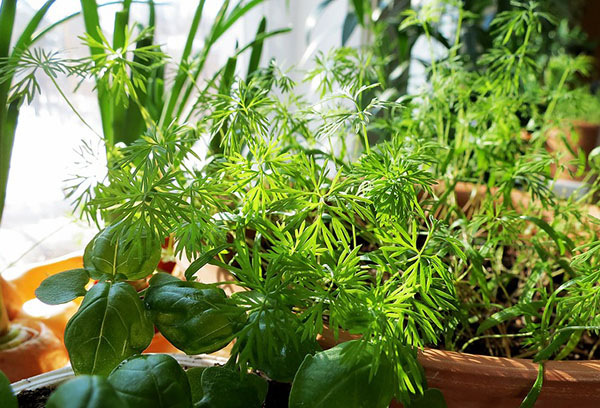
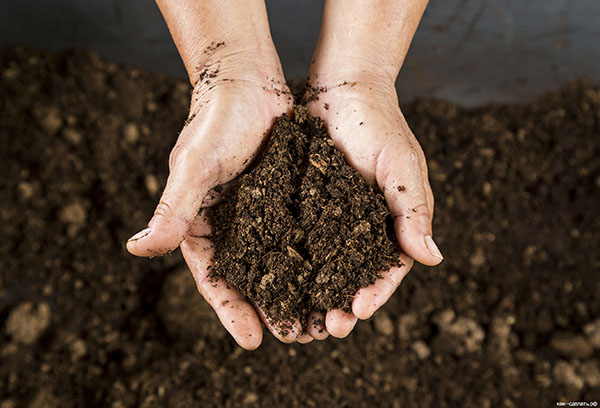
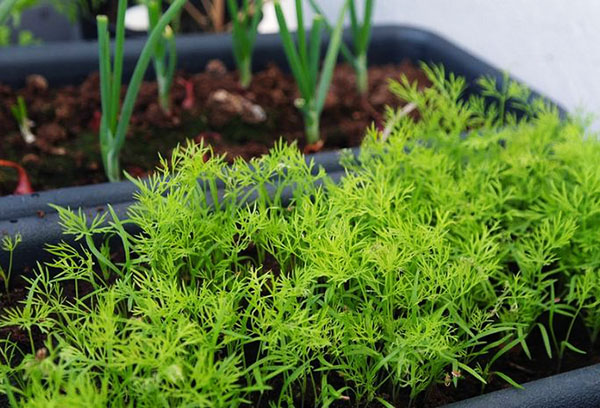
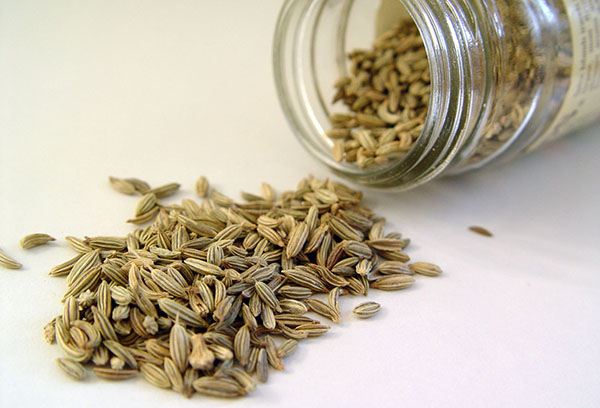
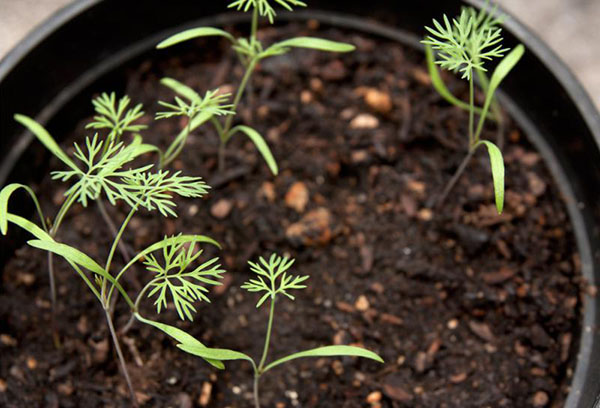
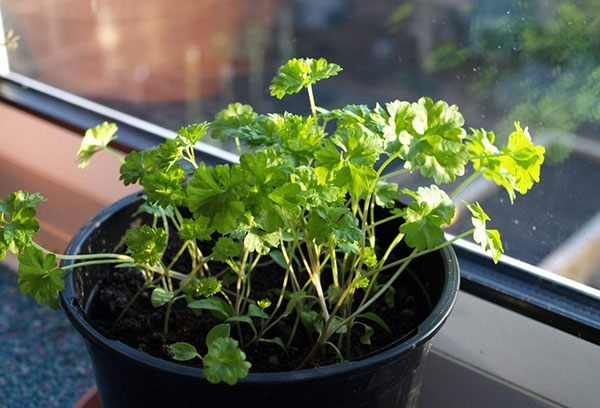
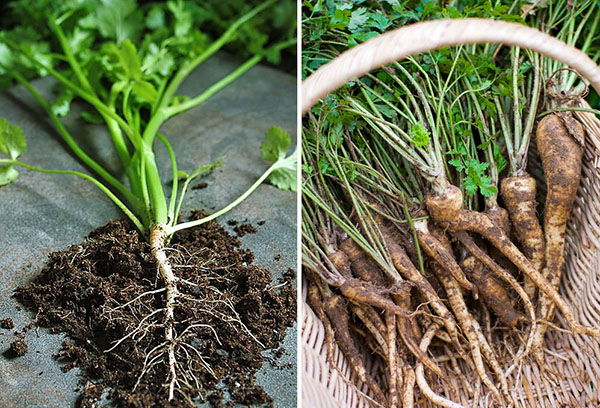
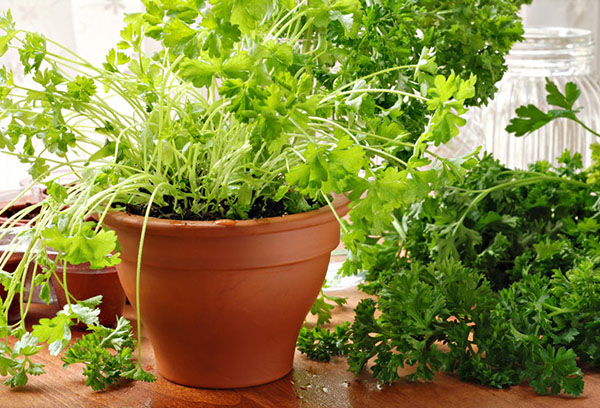

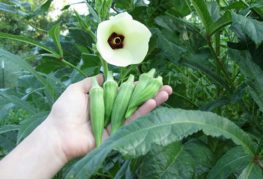
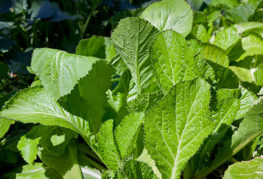
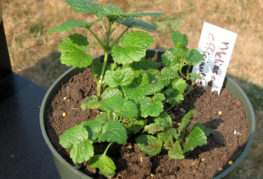
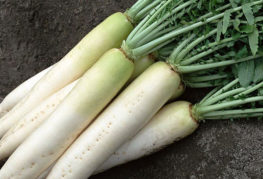
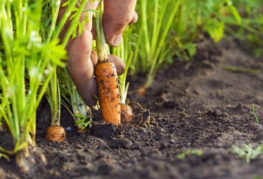
and will be published shortly.